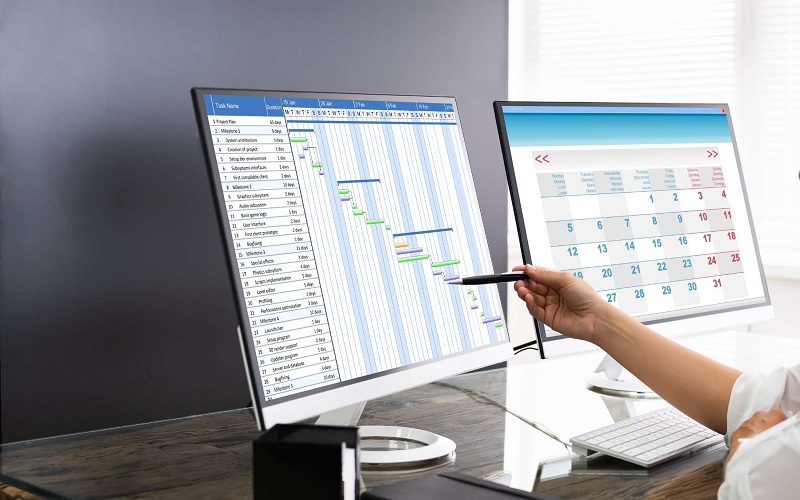Employee monitoring has evolved into a sophisticated tool that goes beyond traditional oversight. The integration of advanced technologies has ushered in a new era of employee monitoring that is both bolder and smarter, offering organizations unprecedented insights into employee performance, security, and overall efficiency.
New Changes in Employee Monitoring
1. Advanced Data Analytics
Modern employee monitoring leverages advanced data analytics to provide organizations with nuanced insights into employee behavior and performance. Rather than relying solely on basic metrics, businesses now have the capability to analyze complex data sets. These analytics offer a deeper understanding of productivity patterns, enabling organizations to make informed decisions to optimize workflows and resource allocation.
2. Real-time Monitoring and Alerts
Bolder employee monitoring involves real-time tracking of employee activities. Organizations can now receive instant updates on employee actions, allowing for proactive intervention when needed. Real-time monitoring enhances security protocols by enabling immediate responses to potential threats or breaches, contributing to a more agile and secure work environment.
3. Focus on Insider Threat Detection
Smarter employee monitoring goes beyond routine oversight by incorporating robust insider threat detection mechanisms. By employing artificial intelligence and behavior analytics, organizations can identify anomalies in employee behavior that may indicate potential insider threats. This proactive approach is crucial for safeguarding sensitive data and preventing security breaches from within the organization.
4. Emphasis on Endpoint Security
Bolder employee monitoring extends its reach to endpoint security, focusing on securing individual devices connected to the network. With the rise of remote work, organizations need to ensure that all endpoints, including laptops, mobile devices, and IoT devices, are protected. Endpoint security features include monitoring device activities, ensuring compliance with security policies, and detecting potential vulnerabilities.
5. Ethical Considerations and Privacy Protections
Smarter employee monitoring incorporates ethical considerations and privacy protections into its framework. Recognizing the importance of maintaining a balance between oversight and individual privacy, modern monitoring solutions are designed to respect ethical standards and comply with privacy regulations. This approach ensures that monitoring practices are transparent, fair, and aligned with legal and ethical norms.
6. Integration of Artificial Intelligence
The infusion of artificial intelligence (AI) into employee monitoring amplifies its capabilities. AI-driven algorithms analyze large datasets, identify patterns, and make predictions, contributing to more accurate performance evaluations and personalized insights. This level of sophistication enables organizations to tailor monitoring approaches to individual roles and responsibilities, fostering a more nuanced understanding of employee contributions.
7. User-Centric Productivity Analytics
Bolder employee monitoring prioritizes user-centric productivity analytics. Instead of solely focusing on quantitative metrics, such as hours worked or keystrokes logged, organizations now emphasize qualitative measures. This includes evaluating the impact of employee activities on overall business goals, allowing for a more holistic understanding of productivity and performance.
8. Remote Work Adaptability
Smarter employee monitoring has adapted to the increasing prevalence of remote work. With geographically dispersed teams, monitoring solutions now encompass tools for tracking remote employee activities, ensuring secure connections, and maintaining productivity levels. This adaptability is essential for businesses seeking to thrive in the evolving landscape of the remote work paradigm.
9. Customization and Scalability
The modern approach to employee monitoring prioritizes customization and scalability. Organizations can tailor monitoring solutions to meet their specific needs, whether they operate in highly regulated industries or creative environments. Scalability ensures that monitoring tools can grow or contract in tandem with the organization’s size and requirements, providing flexibility and adaptability.
Conclusion
Employee monitoring has undergone a bold transformation, becoming a smarter and more sophisticated tool for organizations navigating the complexities of the modern workplace. The integration of advanced data analytics, real-time monitoring, insider threat detection, and ethical considerations reflects a commitment to optimizing performance while respecting individual privacy. As organizations continue to embrace these bolder and smarter monitoring strategies, they position themselves to thrive in a dynamic and ever-evolving business landscape.

